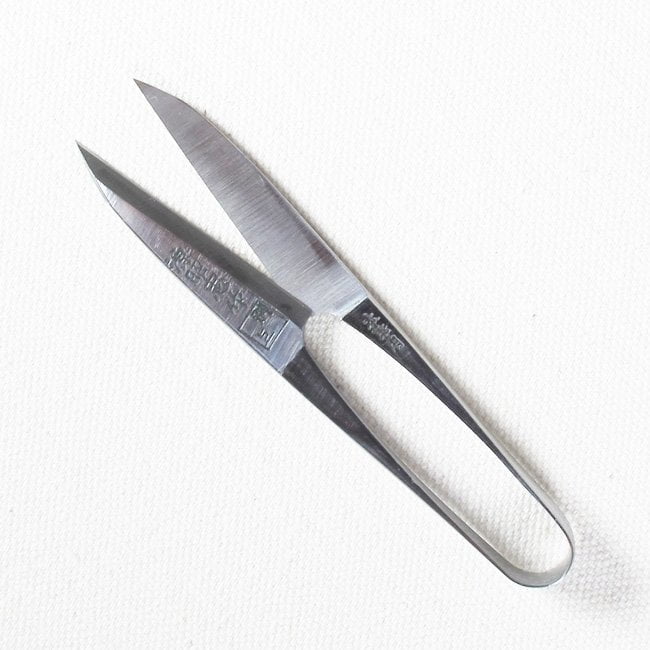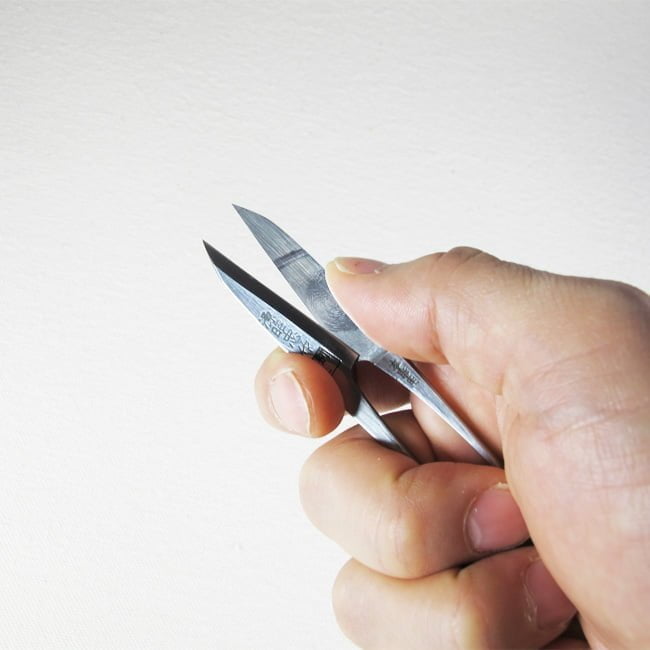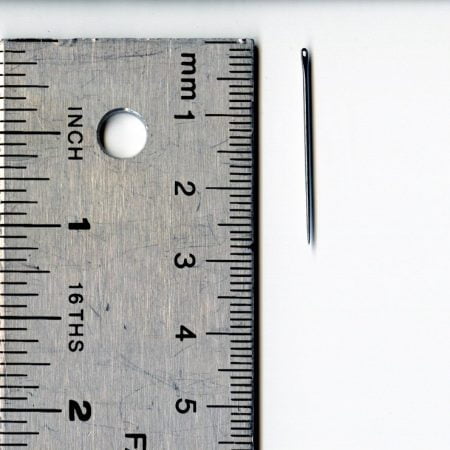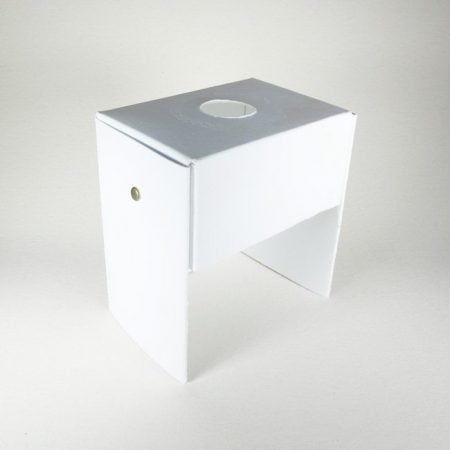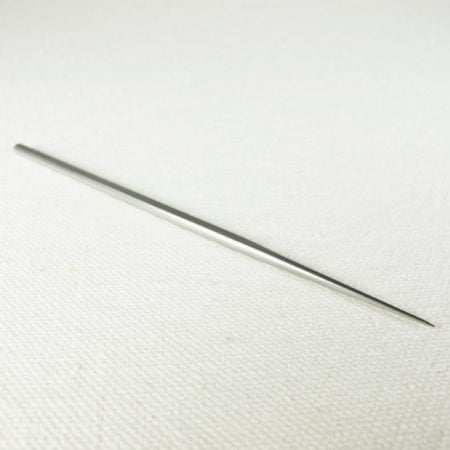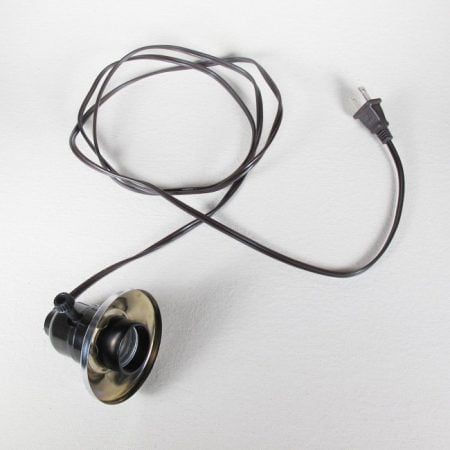Description
Hand-made Metal Japanese clippers with very sharp blades for cutting threads.
This tool speeds up the stitching significantly. They have narrow blades so that threads can be clipped closely.
This product is the best choice for Japanese embroidery
Japanese Scissors
In our study of Japanese Embroidery, we learn that only a few good tools are necessary. Keeping the workspace clear of extra tools lessens distractions and improves our focus. The Awl and Tekobari are familiar to us, however, the Japanese Scissors (nigiri-basami) are an intriguing mystery. These small, sharp, and fine scissors have a wonderful hand feel and balance, and provide the detailed snipping that serves our work so well. They are long-lasting, in fact, they may well survive our lifetime, and may be passed on to another stitcher. This article will discuss the history and care of this important tool.
The Japanese name for this tool is ‘nigiri basami’. One dictionary translates this as “U-shaped scissors with no place to put one’s finger’s” (1). Nigiri means ‘grip’, handle’, or ‘to squeeze’, and basami has several meanings, including scissors. If you have ever had a Japanese rice ball, which is often wrapped in seaweed, this is called ‘onigiri’ because it is squeezed in the palm of your hand. The sushi most of us are familiar with, in which there is a slice of fish on top of a rectangle of rice, is called ‘nigiri’ sushi, as it is made by pressing in the hand. Similarly, a nigiri-basami is squeezed in the palm of our hand. Historically, these scissors have been made for hundreds of years. They are used in arts other than embroideries, where a delicate touch is required, such as sugar-candy sculpture making (amezaiku) and pruning of plants (bonsai).
Nigiri-basami range greatly in size, from as large as 15 cm long, to about 10 cm, as sold by the Center, down to a tiny pair I have seen which is only about 5 cm long. This small one is part of a good luck charm from a Japanese shrine. Amazingly, even this small pair cuts beautifully, although adult-sized hands have difficulty managing these. This small pair symbolizes a Japanese folk tale, Shita-kiri Suzume, or “Tongue-Cut Sparrow”, in which the bird teaches an honest husband and a greedy wife about the evils of greed and the purity of friendship and good deeds (2). Japanese artwork including nigiri-basami and a bird symbolizes this story.
Nigiri-basami is traditionally made by Japanese craftsmen who specialize in these tools. Their quality is dependent on the skill of the craftsman. They are hand forged, and the sharpening process is a true art. The blade edge itself is of a different shape and type than that of Western blades. The process of manufacture has similarities to the traditional arts of Japanese sword and knife making. The cutting blade retains its sharpness due to being manufactured from fine steel. There are specific names for the parts of the nigiri-basami, as they can be created in different sizes and shapes.
